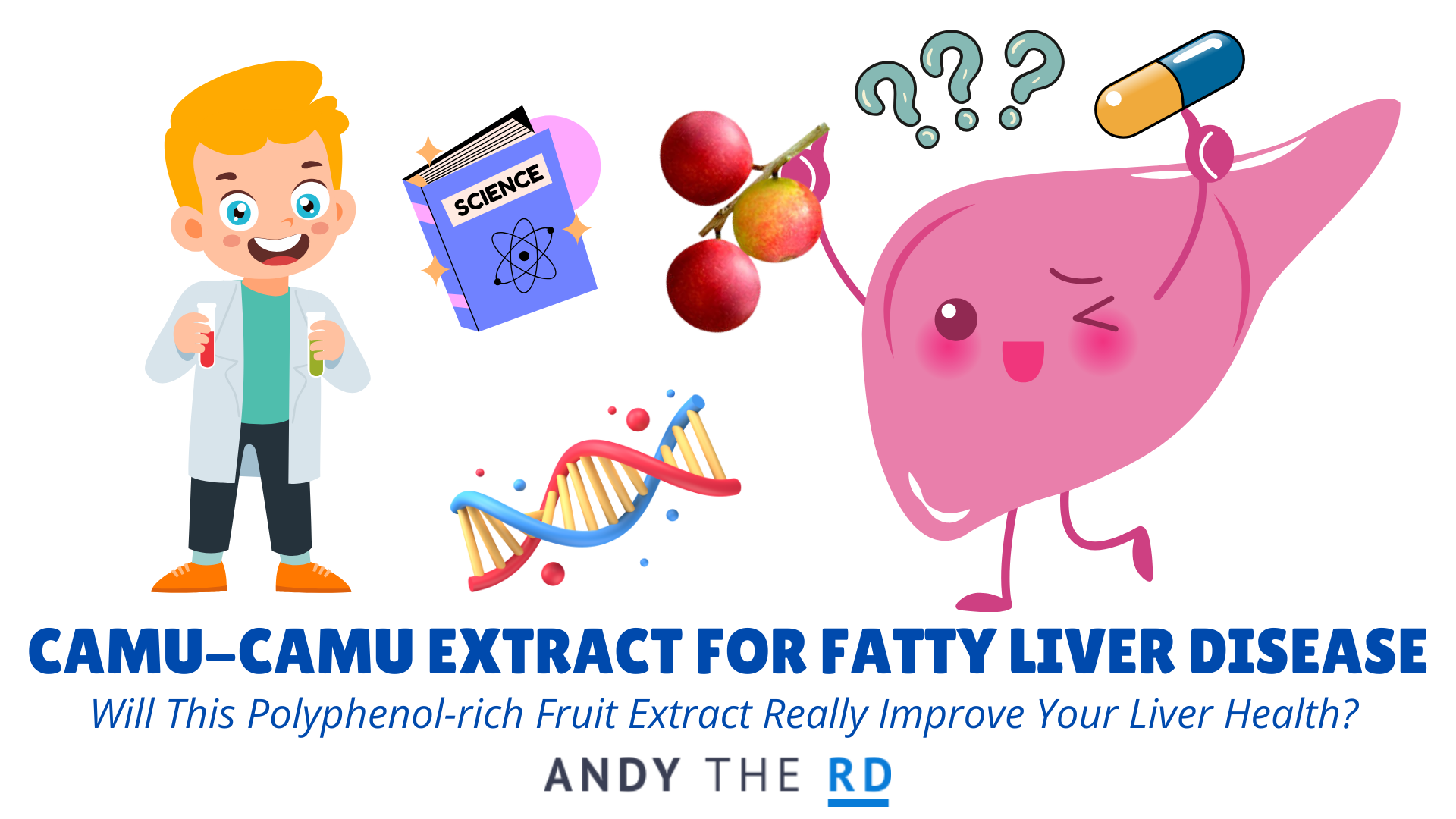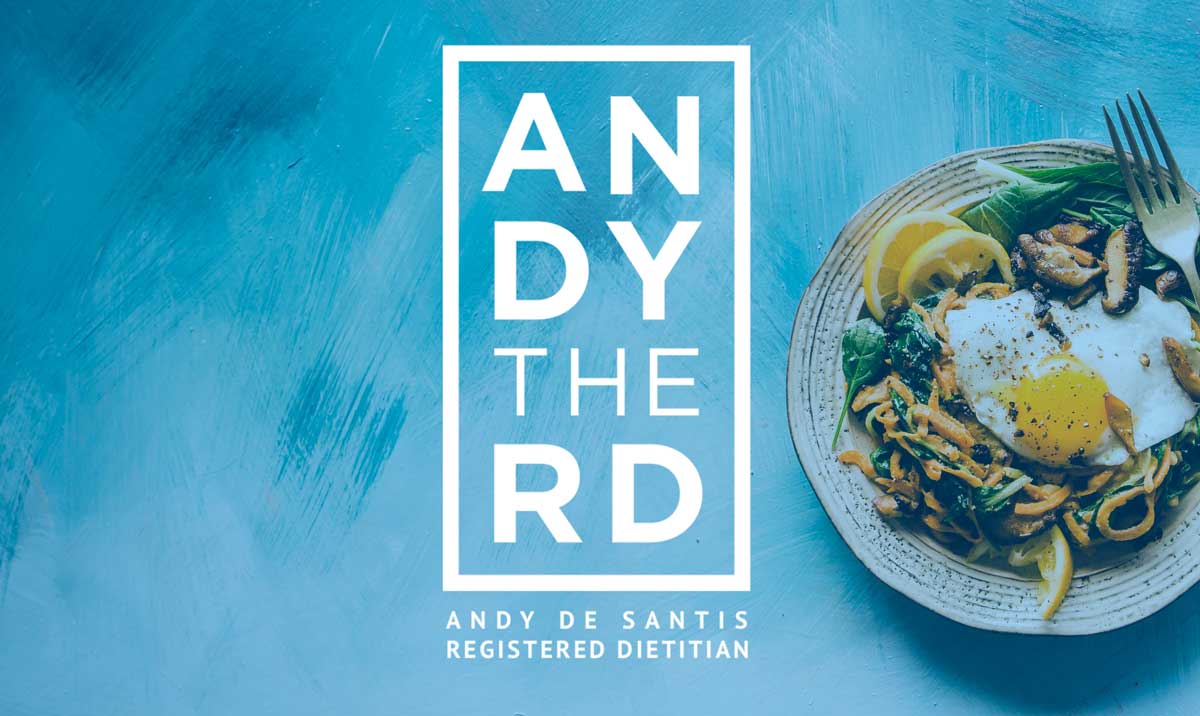Camu-camu, scientifically Myrciaria dubia, is a plant species native to the Amazon rainforest that bears a polyphenol-rich fruit resembling a cherry.
It is a type of fruit that people in North America may not be likely to encounter in its original fresh form, but that is also available as a powdered extract.
If it wasn’t for a recently published study out of the Cell Reports Medicine journal, Camu-camu probably would not have been on my radar.
Let’s find out why this study caught my attention as a dietitian who is heavily focused on fatty liver disease and metabolic health.
The Study
#1 Why Study Camu-camu?
Camu-camu is a very rich source of polyphenols including anthocyanins and ellagic acid – both of which have independently associated with better liver health in various other studies.
Anthocyanin-intake specifically has been strongly associated with a reduced risk of fatty liver disease.
These are very useful compounds that I’ve discussed amply on my social media platforms and my Fatty Liver Fighters Online Course & Community.
It has also previously been demonstrated in animal studies to reduce liver fat accumulation, adding to the curiosity around a potential benefit in humans.
#2 The Study Participants
Thirty adults, average age of ~55, all of which had high triglyceride levels.
As a reminder, high triglyceride levels are one of the single biggest predictors of liver fat accumulation – you can learn more about fatty liver bloodwork here.
#3 The Intervention
Daily Camu-camu extract capsules at a dosage of 1.5 grams per day for 12 weeks vs placebo.
That would be the equivalent of 1/4 tsp of this camu-camu extract product and could found relatively easily at stores that sell similar natural health products.
I have absolutely zero affiliation with the company whose product I linked above, I’m using it only to exemplify that camu-camu extract is findable.
#4 The Outcome(s)
A reduction in liver fat content by 7.43% – a net difference of +15% because placebo group’s liver fat content went up.
A decrease in liver enzymes AST and ALT – likely due to the anti-inflammatory benefits of the camu-camu extract
A boost in healthy gut bacteria – likely due to the known prebiotic effect of polyphenol-rich foods on the microbiome
These are all very positive outcomes, but of course the results of a single study don’t mean that camu-camu is now instantly a must have supplement.
#5 Is Camu-camu Worth Considering?
Camu-camu is a polyphenol-rich fruit, and as such, provides many of the benefits we might expect to regular and consistent exposure to the polyphenols like anthocyanins and ellagic acid that we know it contains.
These compounds are found in rich supply in commonly available foods like blueberries, raspberries, pomegranate, strawberries, blackberries.
Ellagic acid is also found in pecans & walnuts whereas anthocyanins are found in purple-ish foods like black beans, red onions, grapes and purple cabbage.
The question to ask is – are these foods playing a big role in your diet right now or do they have the potential to play a big role in the near future?
If the answer is yes, it seems like you’ve got these compounds covered and may not get a huge amount of additional benefit from a product like this.
If the answer is, for whatever reason, a strong no – that’s a bit of a different story.
While my hope is that you will be able to access polyphenols via your diet, if you truly cannot do so over an extended period it becomes easier to justify considering using a product like this – even if my strong belief remains that acquiring these compounds via one’s diet is the more preferable route.
Ready To Reverse Fatty Liver Disease?
In addition to my Fatty Liver Fighters Online Course & Community I’ve just launched a comprehensive new Fatty Liver Reversal Coaching Program.
Depending on the level of support and investment you are looking at, both represent viable options to get you started down the path to better liver and metabolic health.
Andy De Santis RD MPH



